Many people believe that a decline in physical condition and aging are due to “deficiency,” such as spleen deficiency or kidney deficiency. However, there is another fundamental cause—”stasis,” which includes blood stasis, phlegm turbidity, and phlegm-stasis congealing.
Weng Weiliang, a renowned TCM expert in the capital, states: “As people strive for their careers, the condition of blood stasis in their bodies is also becoming more pronounced. Clinically, it has been observed that blood stasis is becoming increasingly common and affecting younger individuals.”
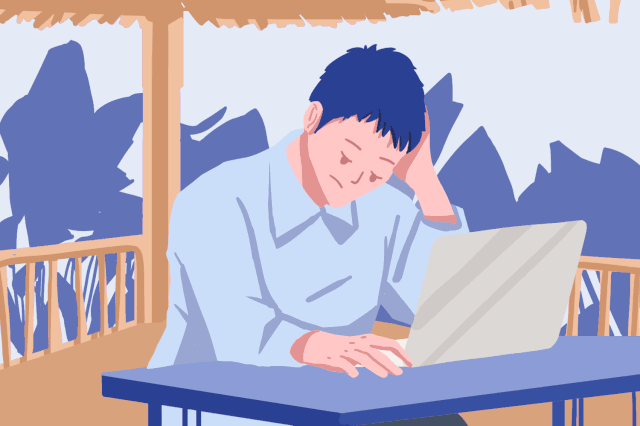
What is Blood Stasis?
It is akin to cement; there is water, but it is so viscous that it cannot flow, which essentially means blockage. The TCM concept of blood stasis refers to poor blood flow and thickened blood that obstructs circulation.
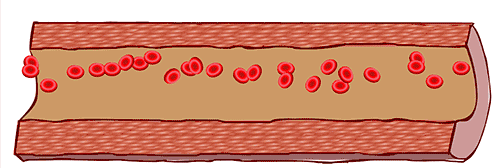
-
Blood stasis obstructing the heart—chest tightness and heart pain.
-
Stasis obstructing the lungs—chest pain, shortness of breath, hemoptysis.
-
Blood stasis obstructing the liver—can cause rib pain.
-
Stasis obstructing the uterus—can lead to dysmenorrhea, amenorrhea, and dark purple menstrual blood with clots.
-
Stasis obstructing the brain—can result in sudden fainting, loss of consciousness, including hemiplegia.
Blood stasis can also affect the generation of new blood. From a modern medical perspective, common conditions in the elderly such as arteriosclerosis, hypertension, coronary heart disease, stroke, senile dementia, tumors, osteoporosis, prostatic hyperplasia, and diabetes are all related to blood stasis. These diseases accelerate our aging process and can even lead to death.
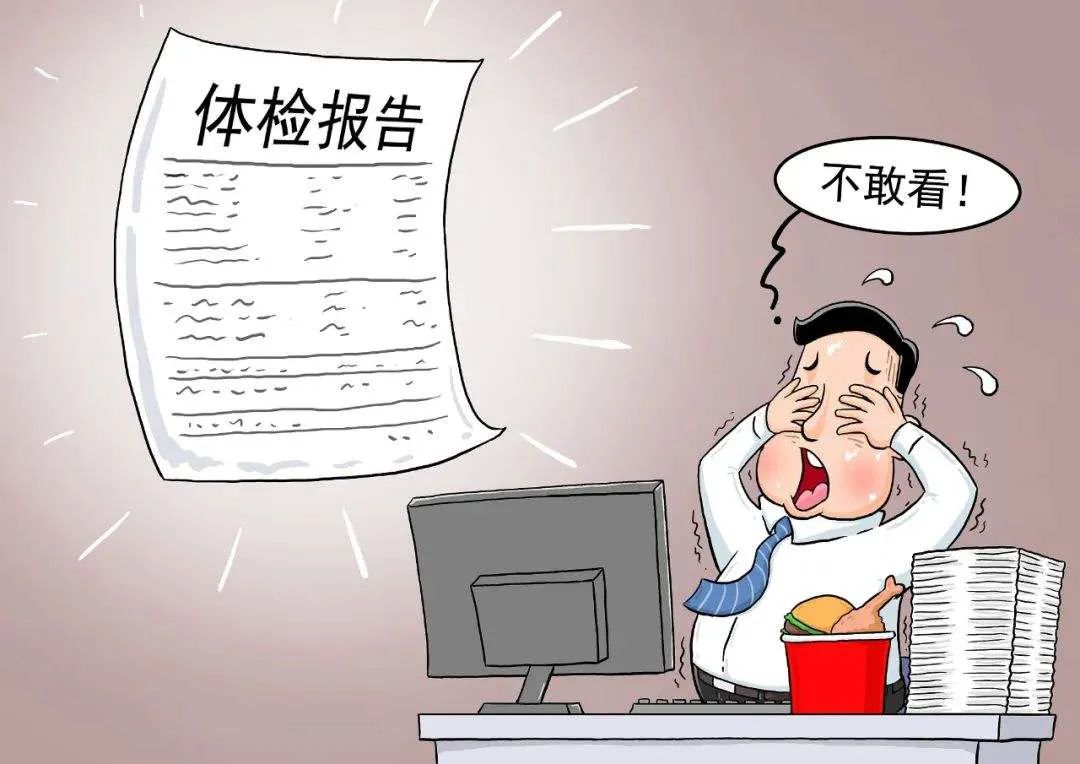
Five Major Indicators of Blood Stasis Constitution
1. Purple tongue and dark lips
The normal color of a person’s tongue is pink or deep red, while a person with blood stasis has a purple tongue. The purple veins under the tongue may also become prominent due to increased pressure in the blood vessels from poor blood flow.
Another obvious sign is that the skin around the corners of the mouth may turn dark due to lack of blood and oxygen.
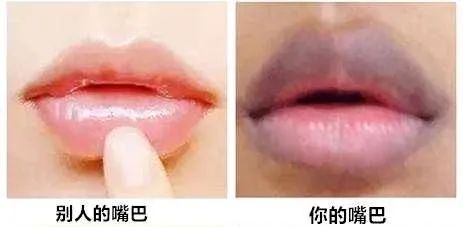
2. Dull complexion with spots, skin dry like fish scales
Blood stasis leads to poor blood circulation, causing the complexion to appear dull and spotted, similar to withered leaves; blood cannot nourish the skin through capillaries, resulting in dry and cracked skin resembling fish scales, referred to in TCM as “skin like scales.””>
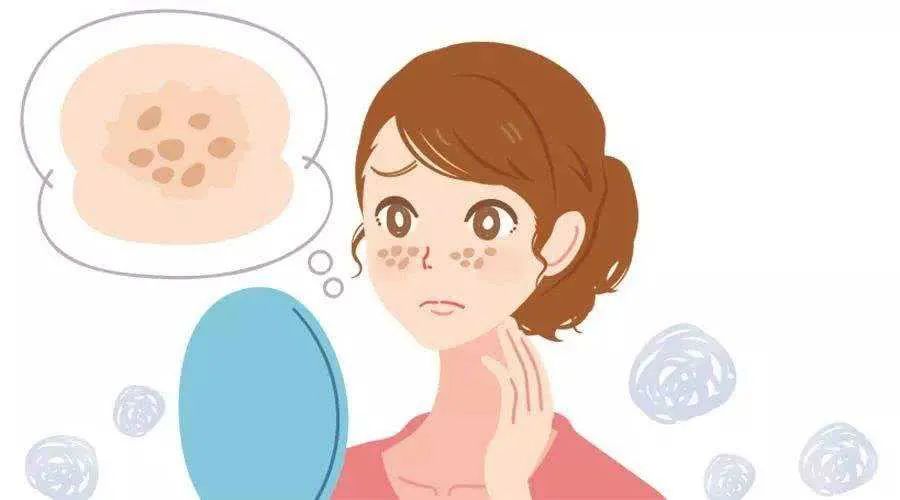
3. Numbness in hands and feet
Blood stasis makes it difficult for blood to reach the extremities, leading to frequent numbness in the hands and feet due to lack of blood and oxygen. Therefore, if numbness in the hands and feet occurs frequently, one should consider promoting blood circulation and resolving stasis.
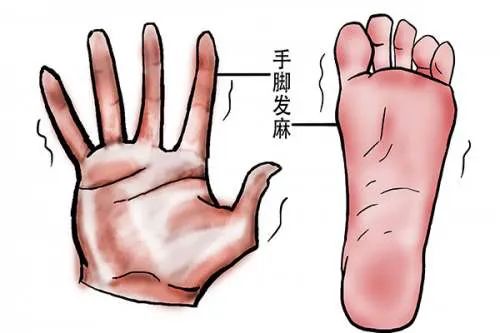
4. Sharp pain in the body
As TCM often states, “where there is flow, there is no pain; where there is pain, there is no flow.” Individuals with blood stasis often feel sharp pain in certain areas of their body.
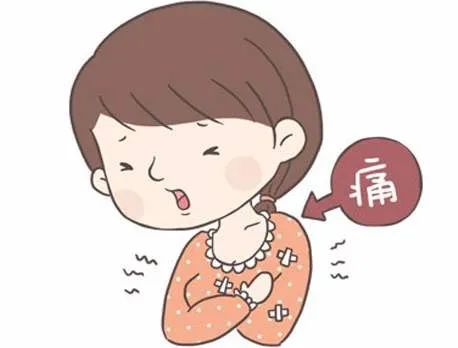
5. Irregular menstruation, dysmenorrhea with blood clots
As the saying goes: “Nine out of ten women have stasis.” Once blood stasis occurs, it obstructs the flow of qi and blood, preventing the organs from receiving proper nourishment, which inevitably accelerates aging. Women may experience irregular menstrual flow, dysmenorrhea, dark blood, and blood clots, and may also develop phlegm-stasis congealing, leading to uterine fibroids and ovarian cysts.
Men may experience discomfort in the lower abdomen, perineum, and testicles, or have hematuria and hematospermia.
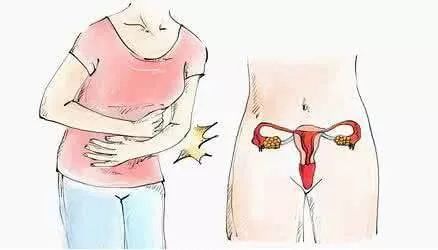
Self-Test for Blood Stasis Constitution
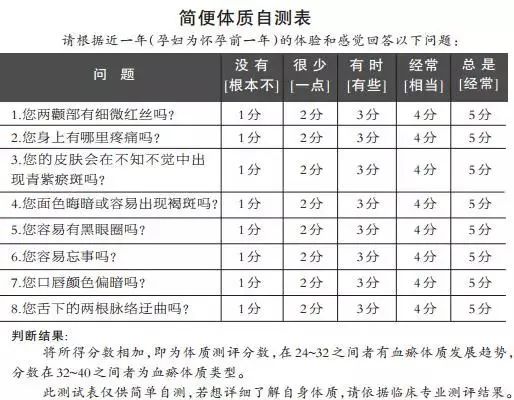
For modern individuals, especially women, to prevent disease and combat aging, it is essential to focus on nourishing qi and blood and adjusting the constitution, which is the secret to “preventing disease before it occurs!”
1. Soothe the liver and tonify kidney yang
Prolonged qi deficiency leads to blood deficiency, so to address blood stasis, one must first soothe liver qi. This can be achieved by reducing anger and using Xiao Yao Wan (Free and Easy Wanderer Pill) or drinking liver-soothing tea. Additionally, insufficient kidney yang and internal cold lead to blood cold and stasis; enhancing kidney yang can help resolve stasis.
Soothe liver qi and tonify kidney yang by having a small bowl of chicken essence soup for breakfast.
TCM believes that the lung metal can soothe the liver wood; chicken belongs to metal, thus it can help to soothe liver qi. It is a rare ingredient that can nourish liver blood and tonify spleen blood. Historical texts also indicate that chicken has the effect of warming and tonifying yang qi, nourishing the kidneys, and enhancing essence. Chicken essence soup extracts the essence from chicken meat and bones, and a small bowl is equivalent to the full nutrition of a whole chicken.
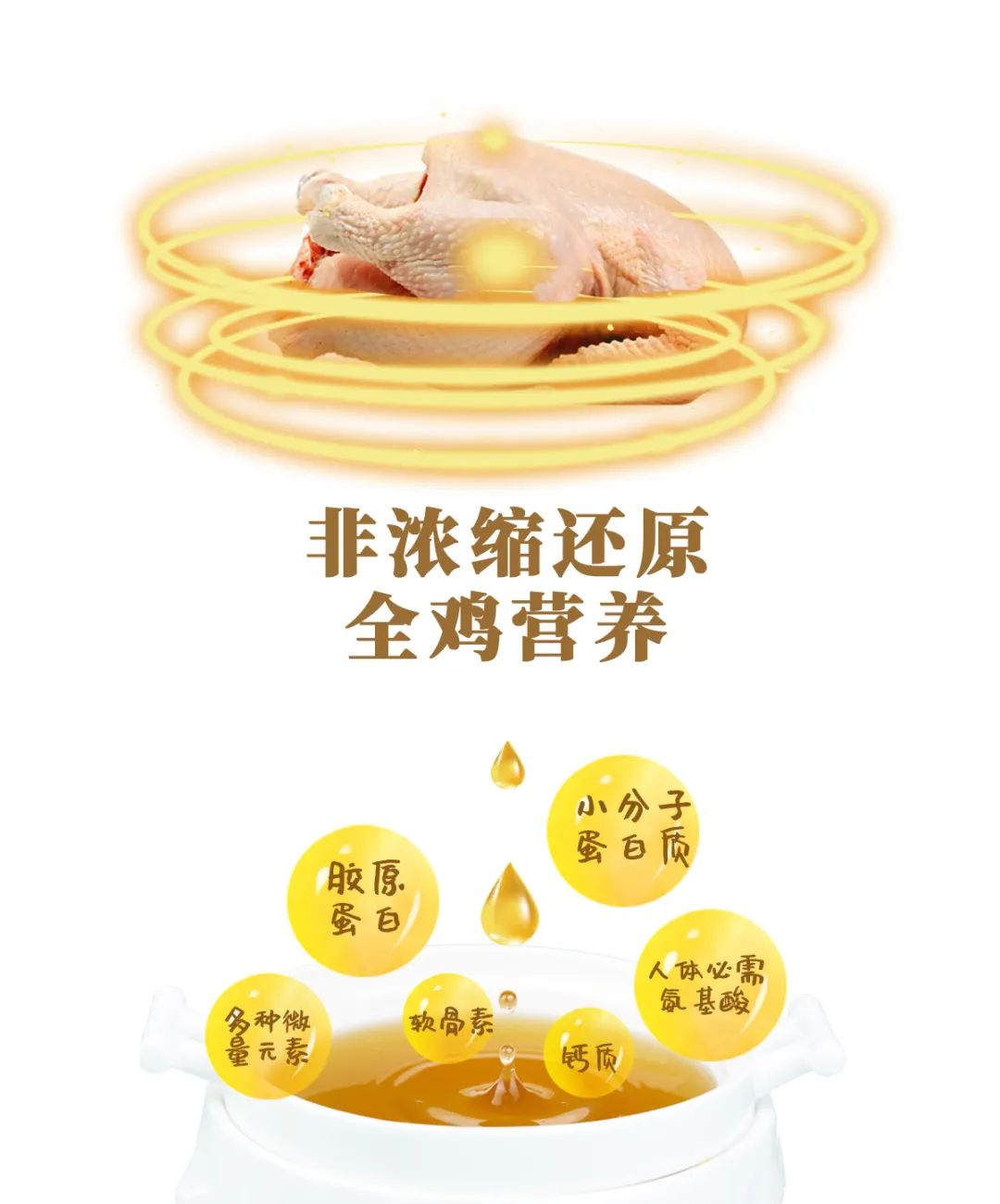
It is rich in small molecular peptides, unlike the large molecular proteins found in chicken meat and traditional chicken soup. Chicken essence soup is low in fat and high in concentration, allowing for absorption and utilization by the body without digestion, making its nutritional effects more pronounced. Renowned TCM physician Lai Rongnian has commented that chicken essence soup has the effect of fertilizing barren land, injecting the warmth of spring into icy soil, and providing the energy needed for bodily repair! Regularly practicing these dietary adjustments is what TCM refers to as “the superior practitioner treats disease before it occurs.”
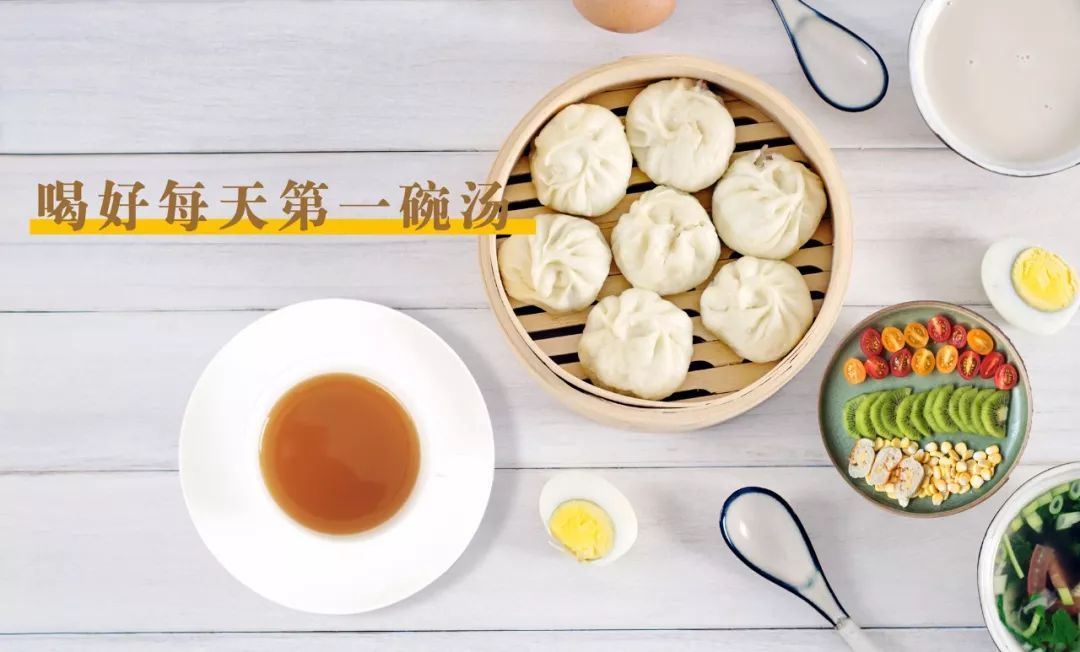
2. Foot baths with Wen Dan Tang
Soaking feet in Wen Dan Tang (Warm Gallbladder Decoction) before bed not only aids sleep but also helps regulate the spleen and stomach’s qi mechanism, dispelling dampness and transforming phlegm.
3. Regular schedule and appropriate exercise
To improve blood stasis constitution, it is essential to maintain a regular schedule and ensure adequate sleep. To avoid qi stagnation leading to poor blood circulation, engaging in activities that promote qi and blood flow, such as dancing, brisk walking, and aerobics, is beneficial.
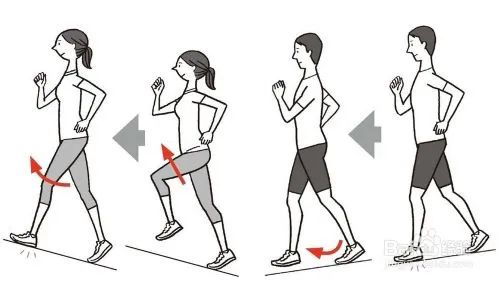
Clapping is particularly suitable for individuals with blood stasis. Clapping while brisk walking in the morning can help women with dysmenorrhea, prolonged menstrual flow, dark blood color, and elderly individuals with insufficient blood supply to the heart and brain.
However, if symptoms such as chest tightness, difficulty breathing, or significantly increased pulse occur during exercise, one should stop and seek further medical examination.

(Images in the text are sourced from the internet; please notify for removal if there are any copyright issues.)

